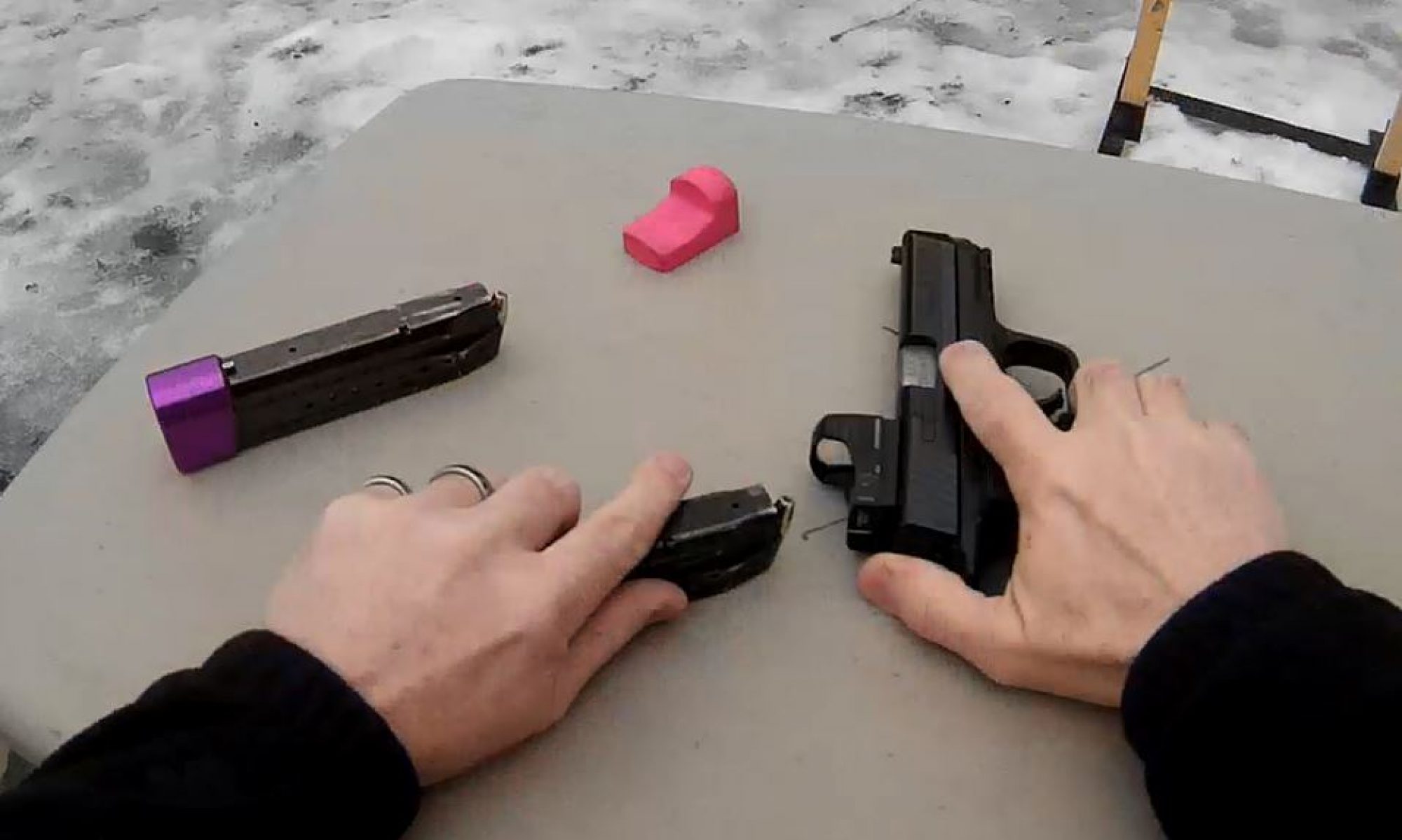When first looking for a CCW pistol I was interested in several criteria: size, weight, conceal-ability, reliability and power. There are lots of manufacturers of 9mm sub-compact guns on the market today and they make some fine pistols. There are also lots of nice compact and sub-compact 1911s out there. All these are nice but sometimes there is a requirement for a really, REALLY concealable weapon. Here’s where the .380 acp round shines. It’s the same diameter as the 9mm but only 17mm long instead of 19 for the Parabellum. The bullet is usually 85-90gr and is going a little slower than the 9mm but many people agree that it is still adequate for close-quarters self-defense work. I certainly think so.


My first experience shooting a .380 was, like many of us, with the venerable Walther PPK. Anyone who grew up watching James Bond movies would immediately recognize this pistol. Unfortunately, like much Hollywood fare, the reality was less than expected. The PPK has a nasty habit of slide-biting the shooter and I just never really liked them. Enter the Argentine manufacturer Bersa and their Thunder 380. I got my hands on a CC model and that replaced the XD9 sub-compact I had been carrying. I liked it quite a bit but I somehow felt something was missing.
Eventually I decided to go back to the 9mm as my primary CCW caliber but I wanted a deep-concealment option in the form of a .380. I shot a couple of Kel-Tec P3AT pistols and was not happy. The snappy little thing would consistently jump up in my hand with every shot such that I would go from two fingers on the grip to only one thus requiring a grip adjustment between every single shot. Having a gun trying to jump out of your hand is not a good feeling, especially if this was a life-and-death scenario.

When Ruger released the LCP it looked so much like the P3-AT that I figured they were simply trying to cash in on the mouse gun’s popularity by cloning the design. This was certainly not the case. I tried shooting a couple of different LCPs and I was really impressed. The ergonomics are subtly different such that with a firm grip, the pistol stays exactly in place while firing. It is also accurate, as much as it can be given the size and very low-profile sights.
The LCP is not a particularly pleasant gun to shoot. With its low mass the .380 round makes it a real handful to shoot, but like anything with regular practice it becomes routine. I find that I can keep all my hits in the A zone at 10 yards, even shooting rapidly. Given the long

double-action only trigger that does take some practice.
Tucked into a nice pocket holster (get one with the rubber strips on the side so it stays in your pocket when you pluck the pistol out) this pistol is almost not there. I like the square pocket holsters because they keep the gun properly oriented for a quick and easy draw and they avoid the dreaded “printing” issue.
With it’s ultra-thin, ultra-light form factor and it’s excellent quality, I consider the LCP my ultimate “pocket protector”.
